Beginning on a happier note, though, the adult great crested flycatcher that I thought had a coracoid fracture apparently was just bruised and sore from the cat attack. Mid-week, she was bouncing off the walls and escaping from her cage every chance she got, so she was released and was quite happy to bid LWR farewell. Not the greatest release video in the world, but she was ready to GO!
Adding to the carnage, this gorgeous first-year female red-tail came in Monday night with a wing fracture. It didn’t look good, and an open wound at the elbow looked a bit suspicious, so she went to Smalley’s Animal Hospital for x-rays the next morning. Vet Jim Hobby and I were relieved that the wound wasn’t shooting-related but unhappy that the x-rays showed a shattered bone at the elbow and fractures of the radius and ulna. This large, aggressive, majestic lady was humanely and very regretfully euthanized.
And the finder/transporter asked a couple of questions I hear a lot, so let me address them here, as well. Could the owl be placed as an educational bird? Short answer, no. Longer answer: barred owls, like red-tailed hawks, are quite common and most nature/wildlife centers have a full complement of both species.
Second question: if the owl couldn’t be “fixed”, could the finder come back to get it and keep it as a pet? This question—and you’d be surprised how often I hear it—always makes me wanna blurt out, “WHY?” Instead, I point out that it would be against state and federal laws, but really, legal issues aside, WHY would someone want to keep a wild bird--a bird of prey, at that—in captivity in their house or yard? For bragging rights? For neighborhood show and tell? Are you prepared to spend hundreds of dollars a year on the proper diet for that bird? Do you understand that chicken breasts, liver, beef hearts and so forth are NOT appropriate foods for birds of prey and will adversely affect their digestive process and possibly lead to overgrown beaks due to lack of bones to keep the beak worn down in some of those foods? Are you prepared to clean its cage daily? Do you understand that while this bird’s wings might not function properly, its beak and talons are in excellent working order and are dangerous—that it CAN and WILL bite and foot you, because it is WILD and sees you as a threat? Do you understand that those dangerous feet need a variety of perches to prevent bumblefoot? Do you understand that this is NOT a cuddly toy; it’s a living being and will need enrichment activities to prevent it from becoming bored and more aggressive?
And what happens when the novelty wears off or the bird foots or bites someone? You have a nonreleasable bird on your hands. You can’t just dump it at your local animal shelter; no nature/wildlife center will take it—see above. So what do you do now? Toss it in the woods and hope it wanders off before dying of starvation?
Let me explain something here: it is unutterably cruel to keep a bird accustomed to free flight cramped in a dog crate or bird cage for the rest of its life because you claim to “love” that species. If you truly “love” that species, you’ll want what’s best for the bird, whether that be rehab for eventual release or humane euthanasia. Count yourself lucky that you got to see your favorite species up close and personal and be proud that you got the bird to a licensed rehabber who could assess its condition and determine the most humane course of action for that bird. And take comfort in knowing that if euthanasia is necessary, you played a part in giving that bird the only release left for it—a humane and dignified death.
Rant over…for now…
On a more upbeat note, the mockers were released this past week, as was the mallard. No release shots of the mockers, as I just left the “escape hatch” on the songbird flight open and they were outside in the trees less than an hour later. The mallard, however, was a bit more cooperative, so we have video and photos of his release.
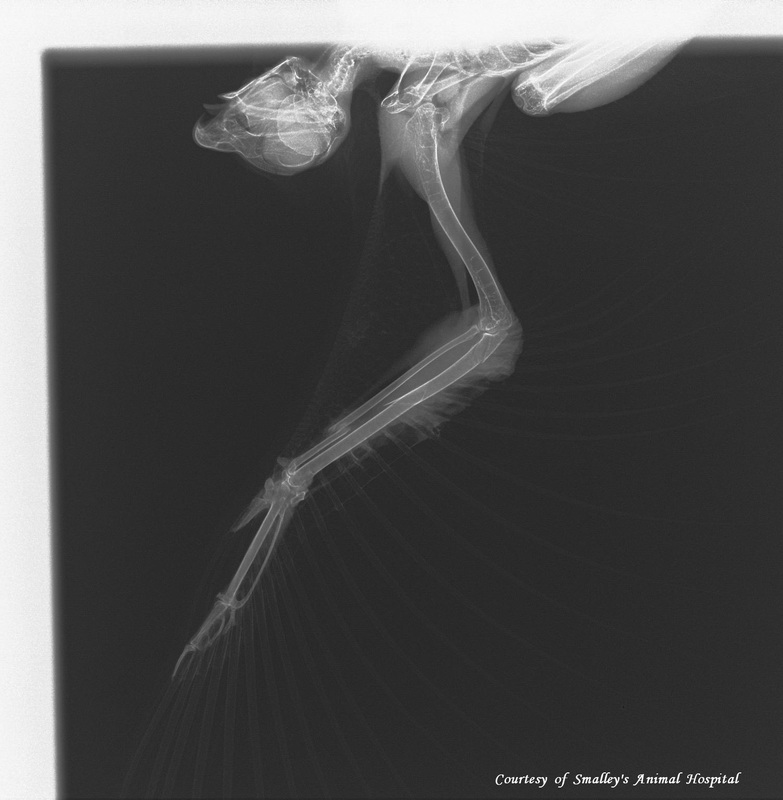
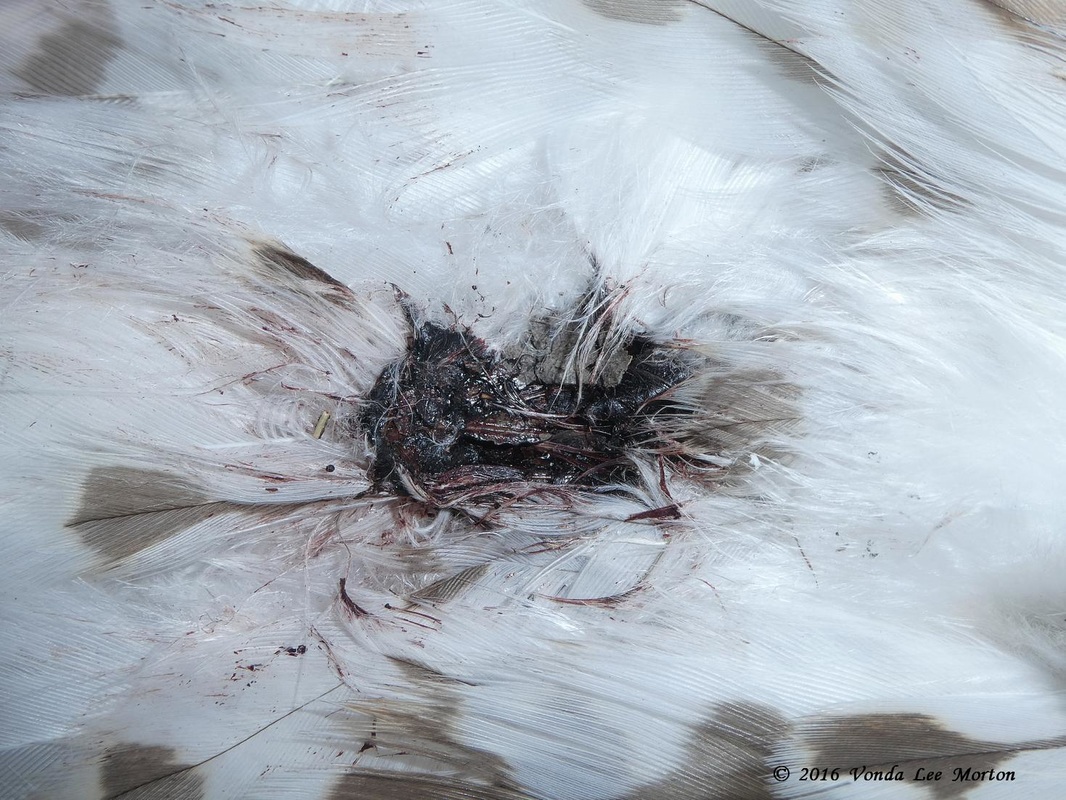
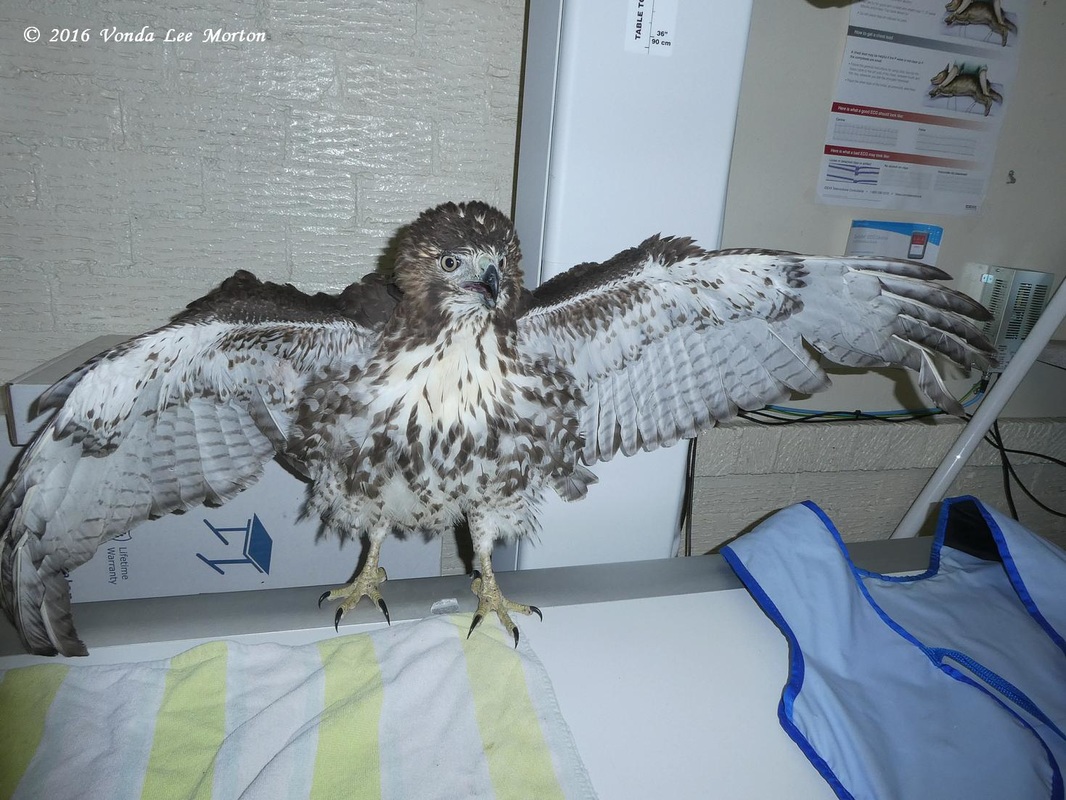
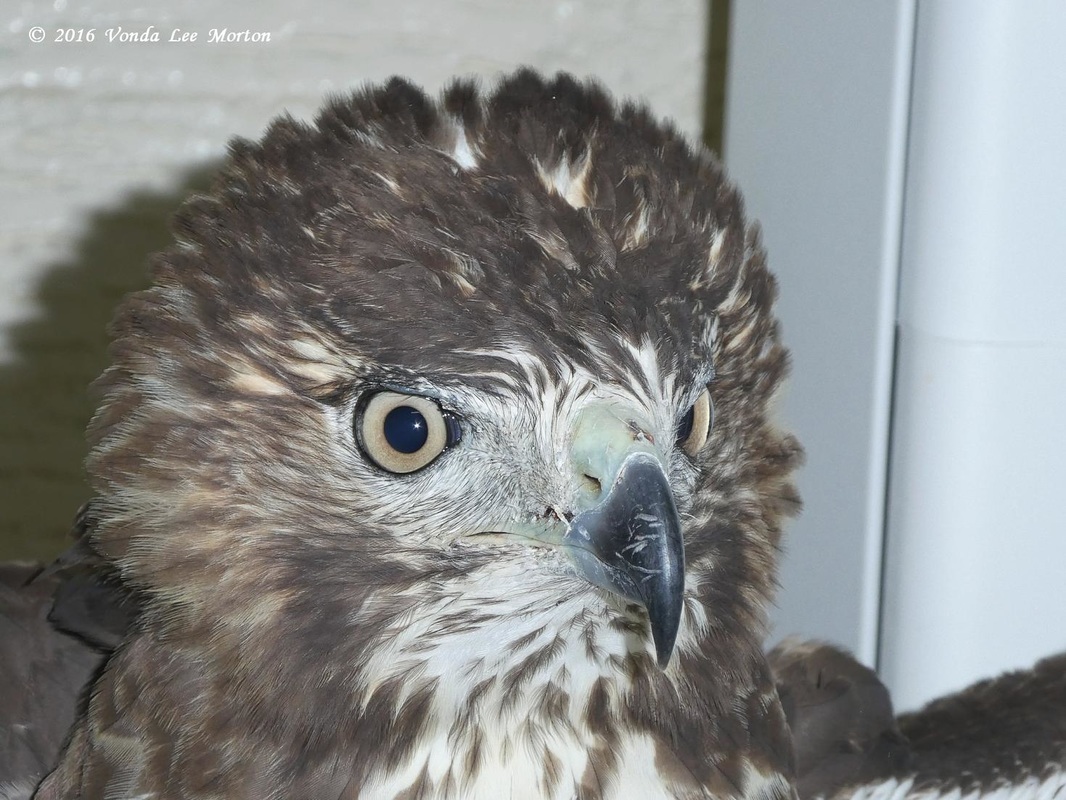
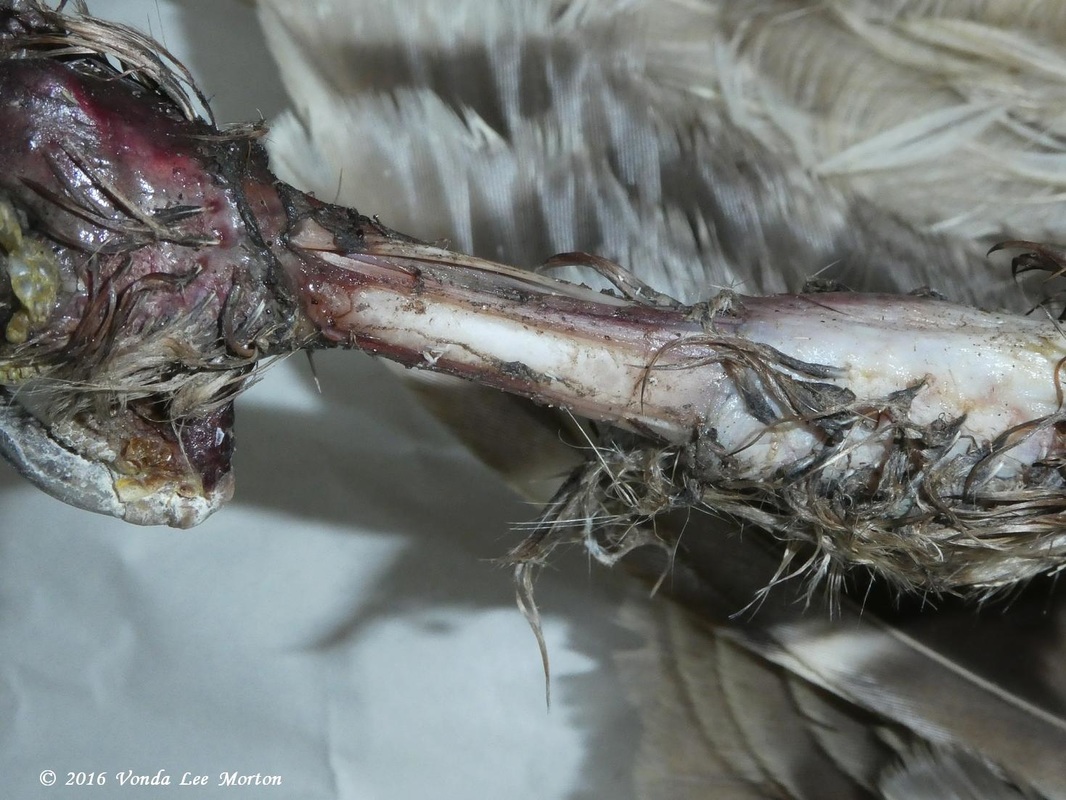
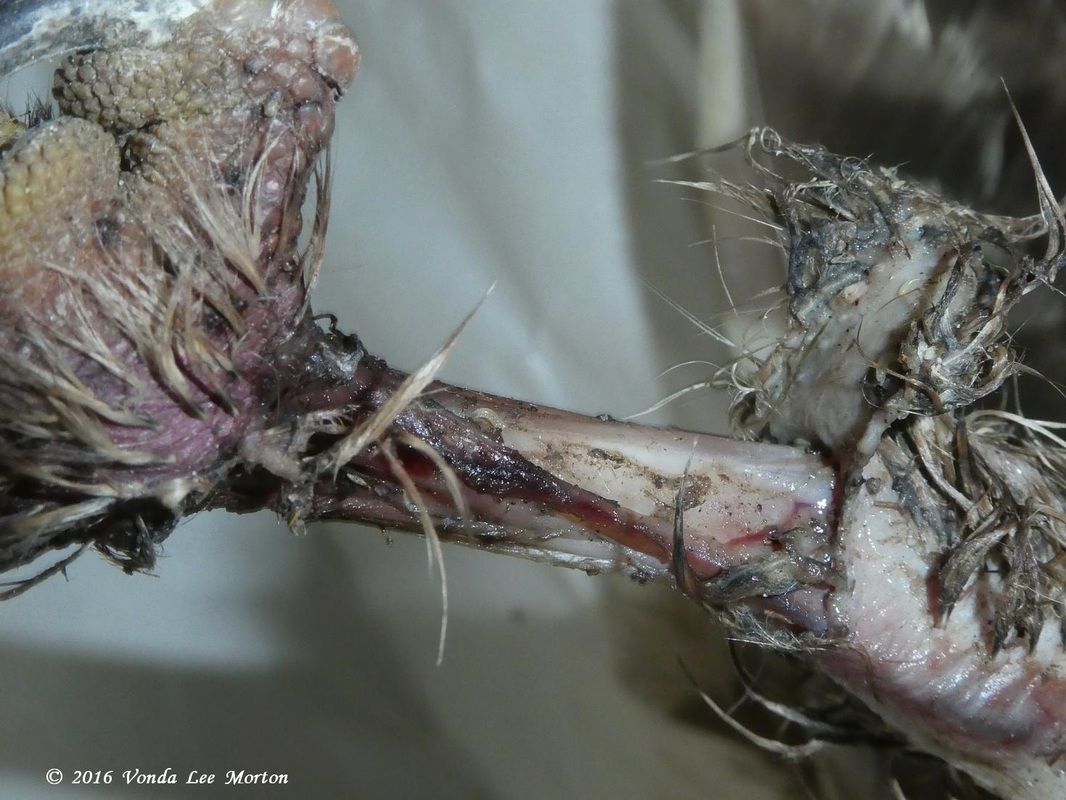
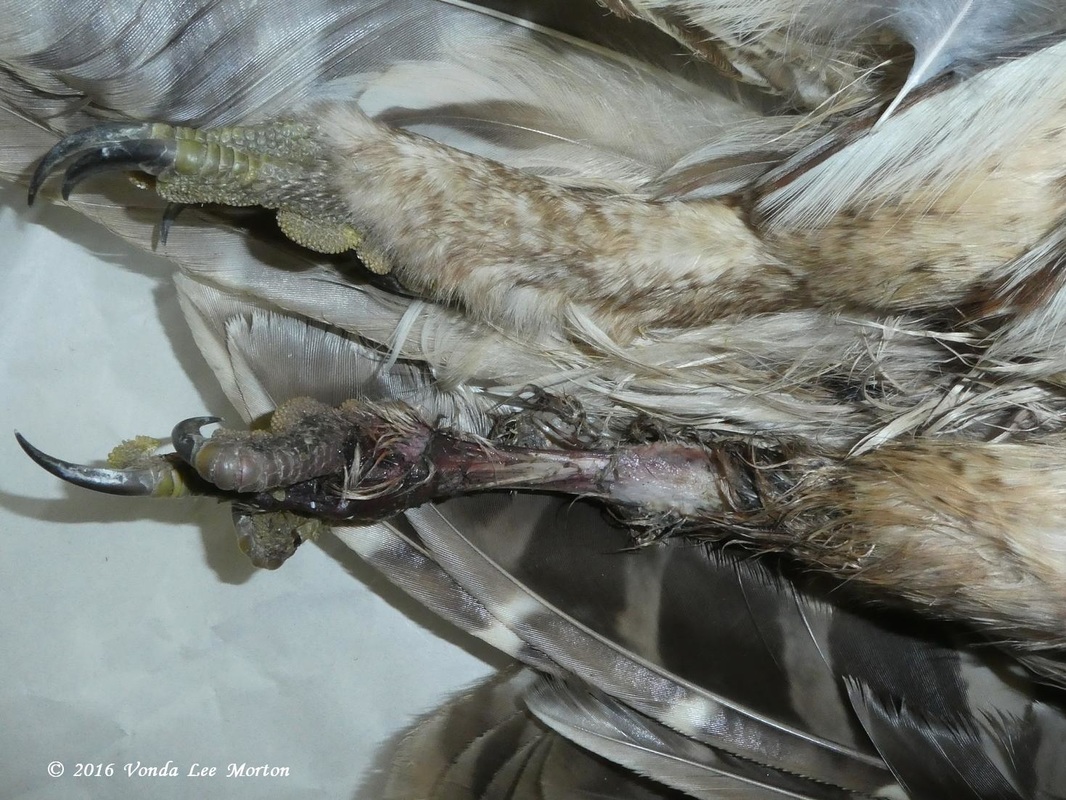
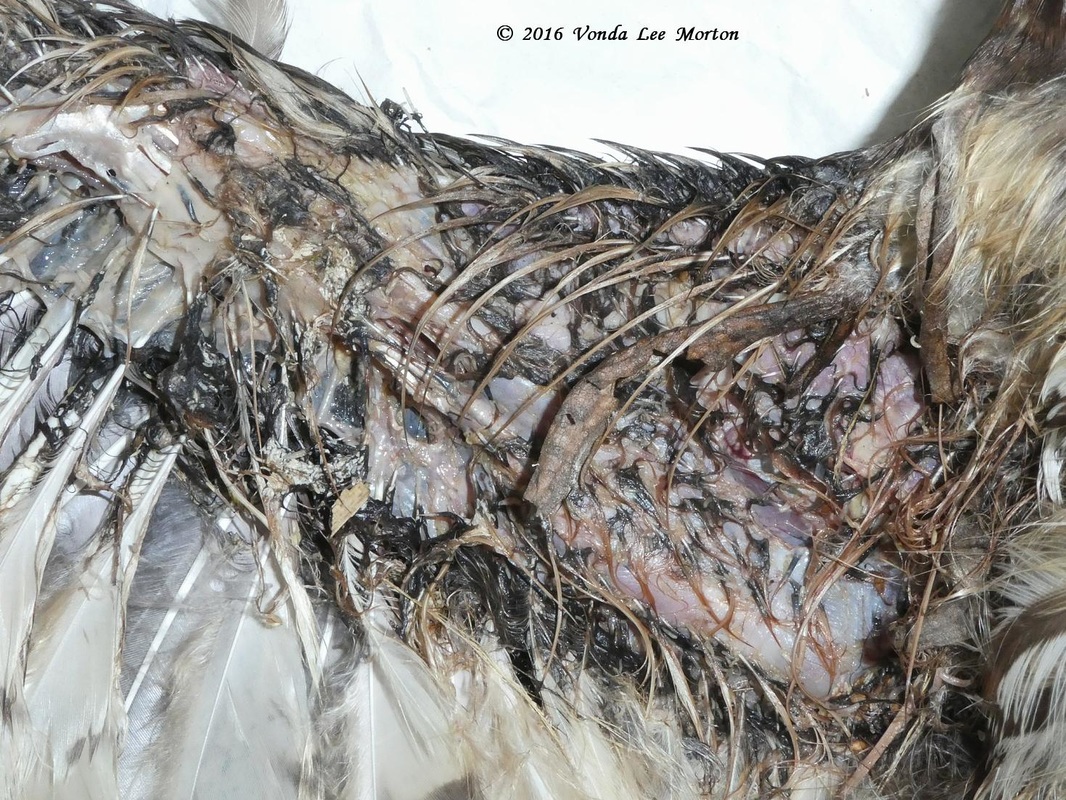
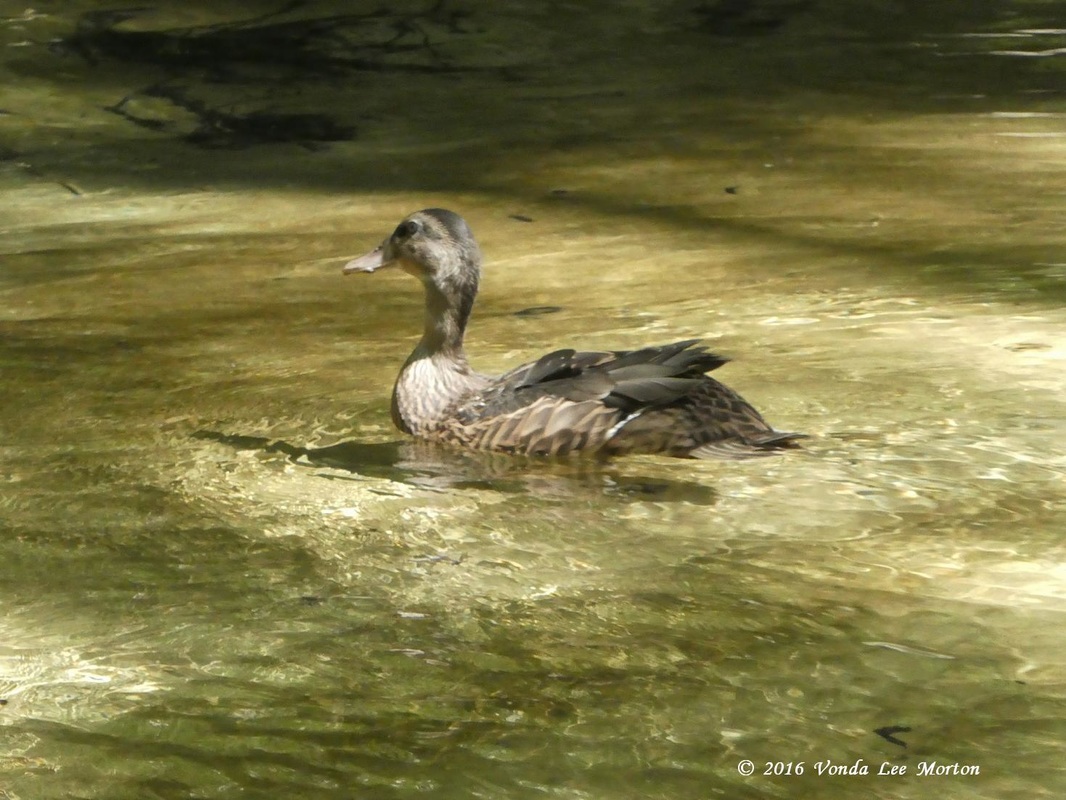
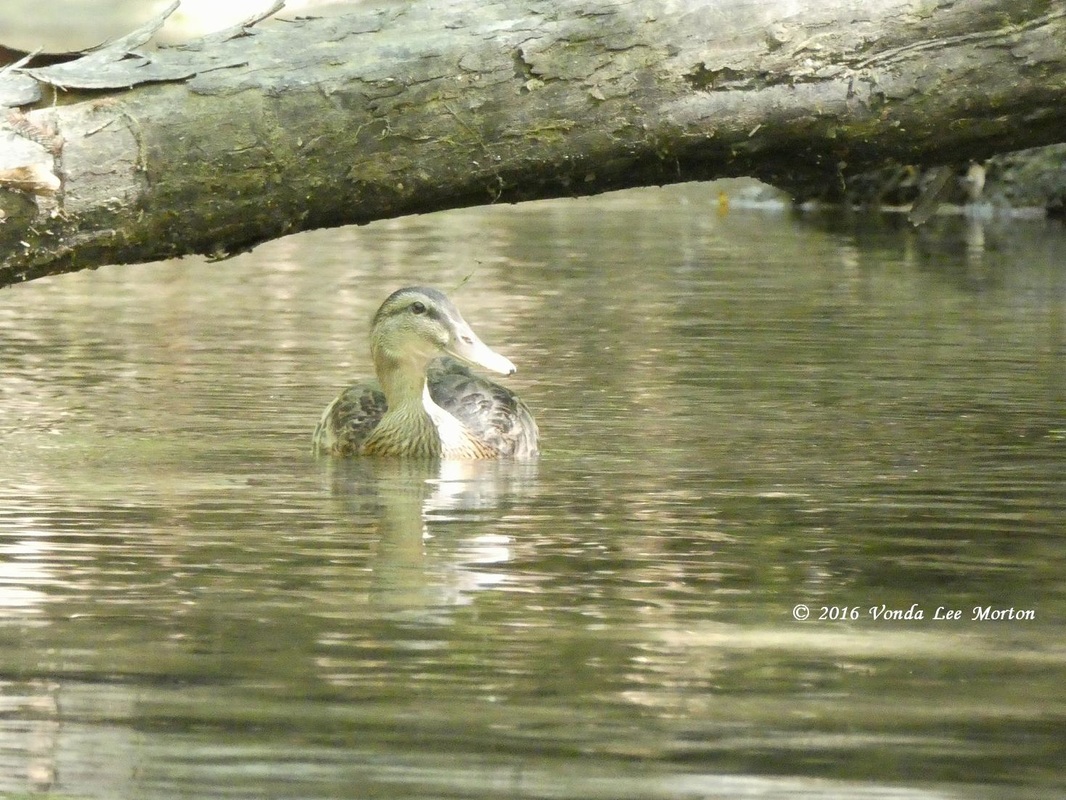
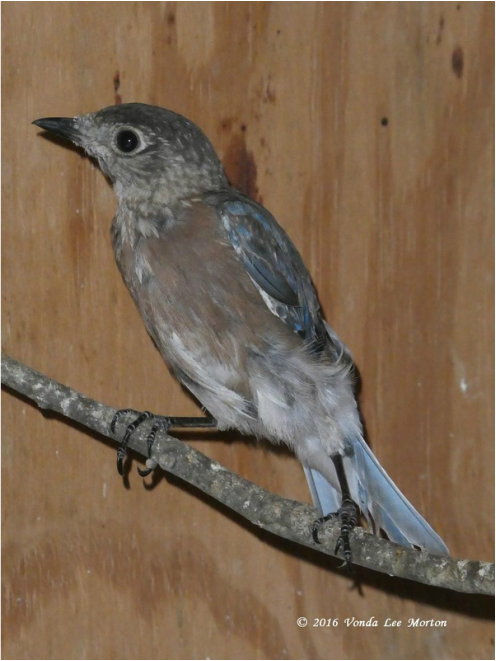
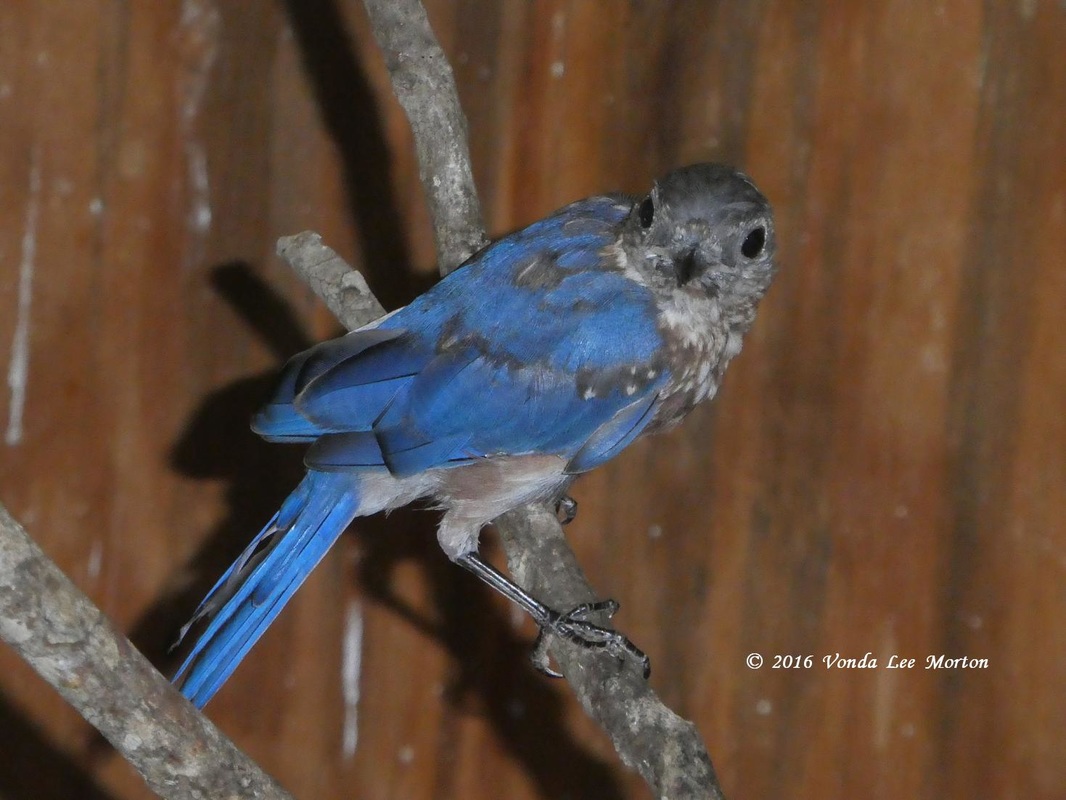
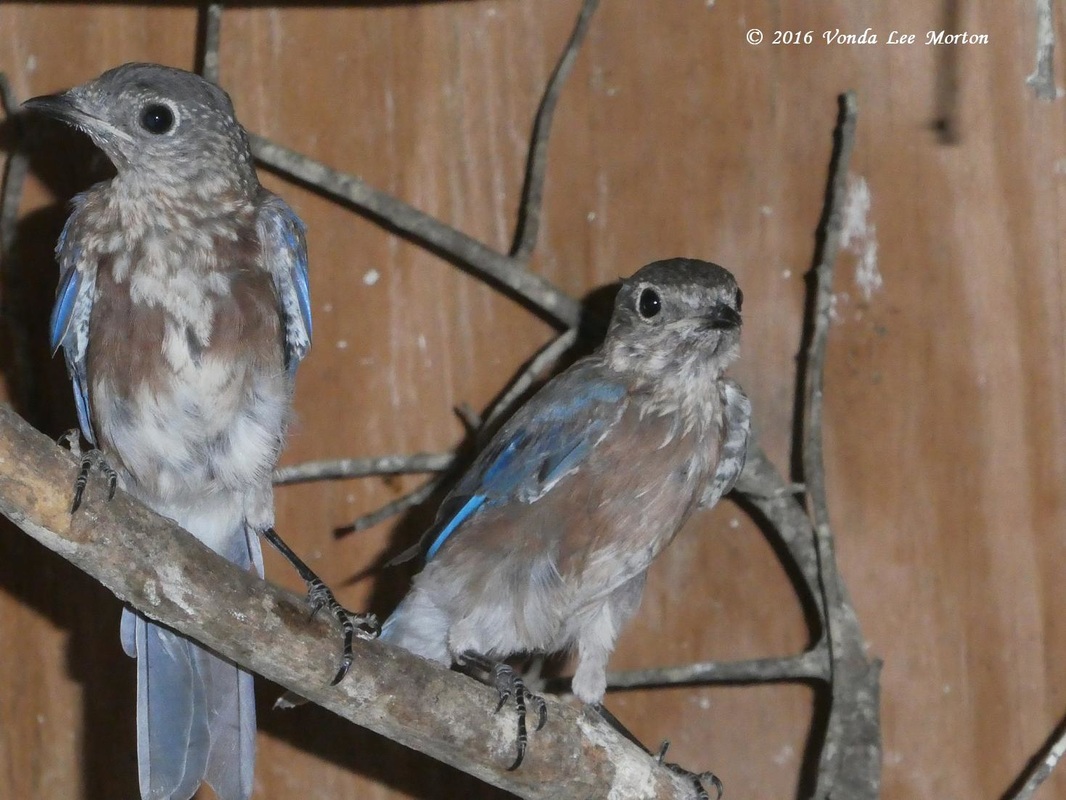
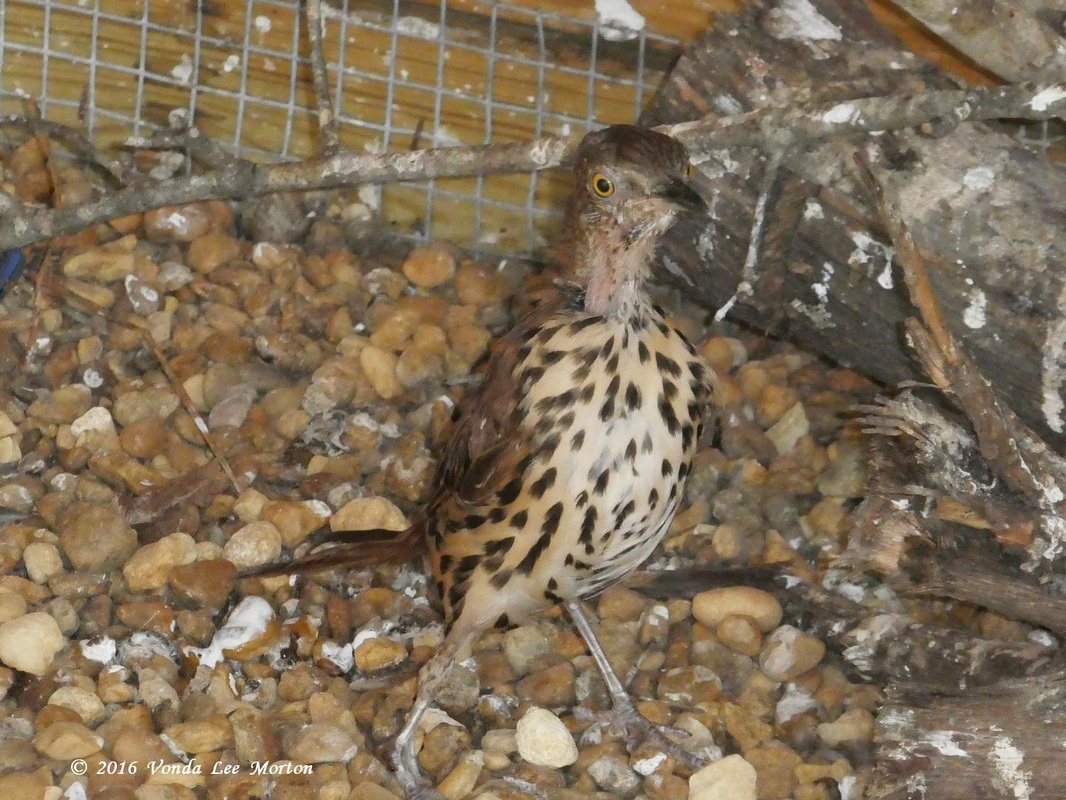
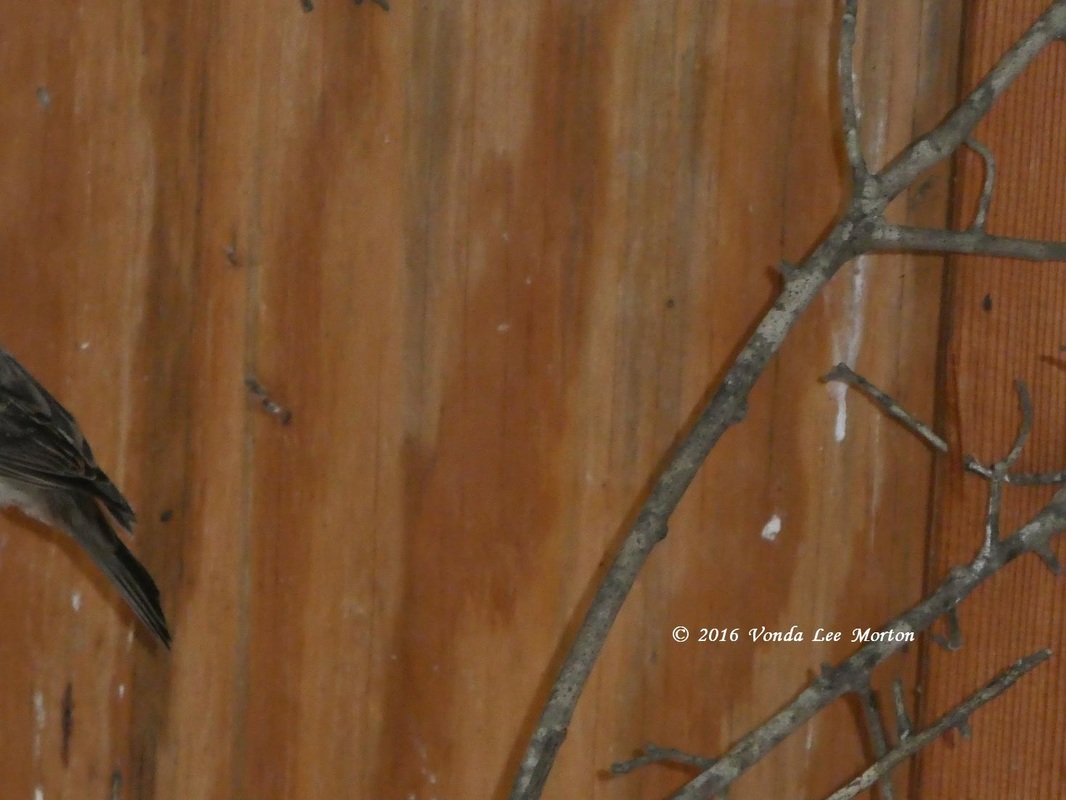
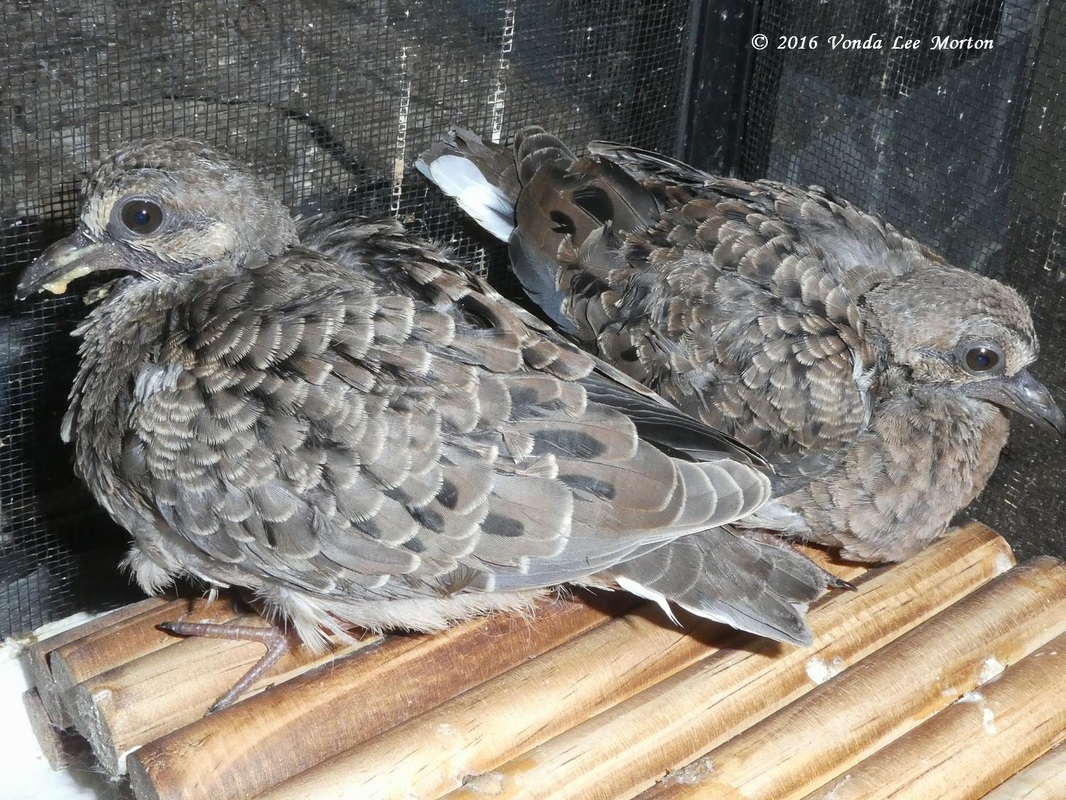
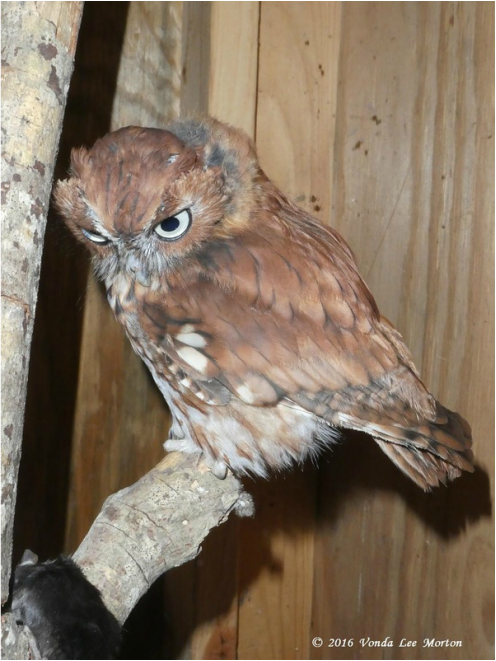
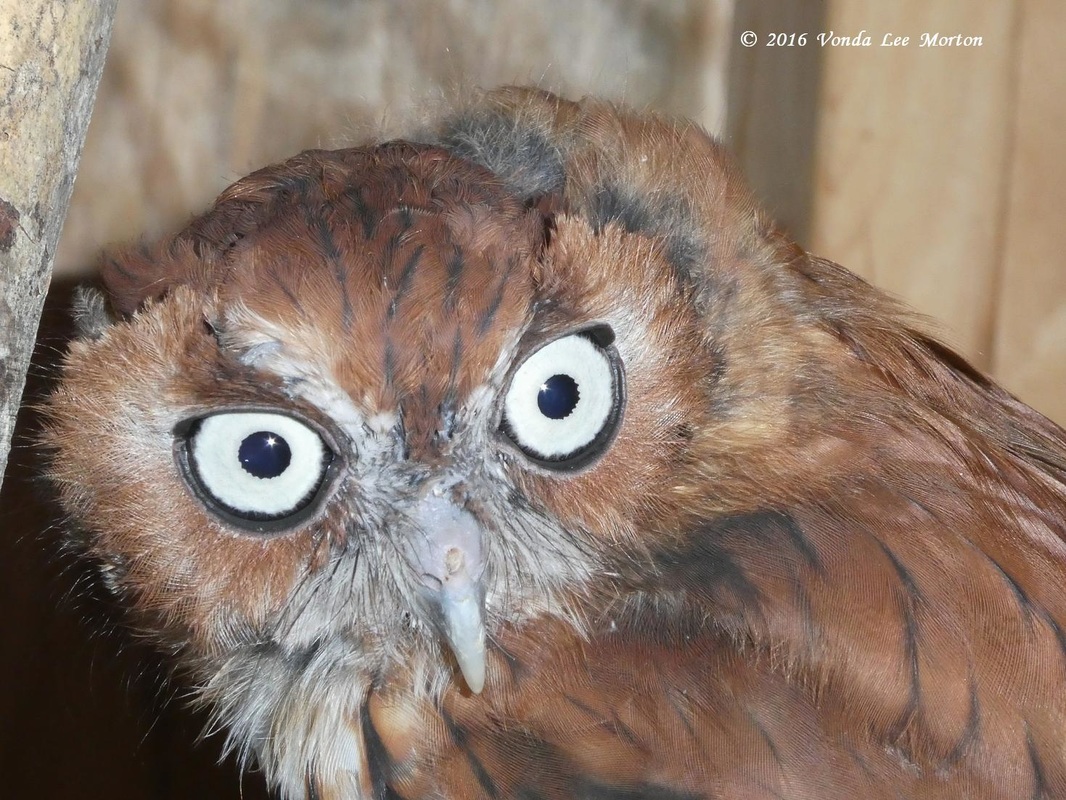
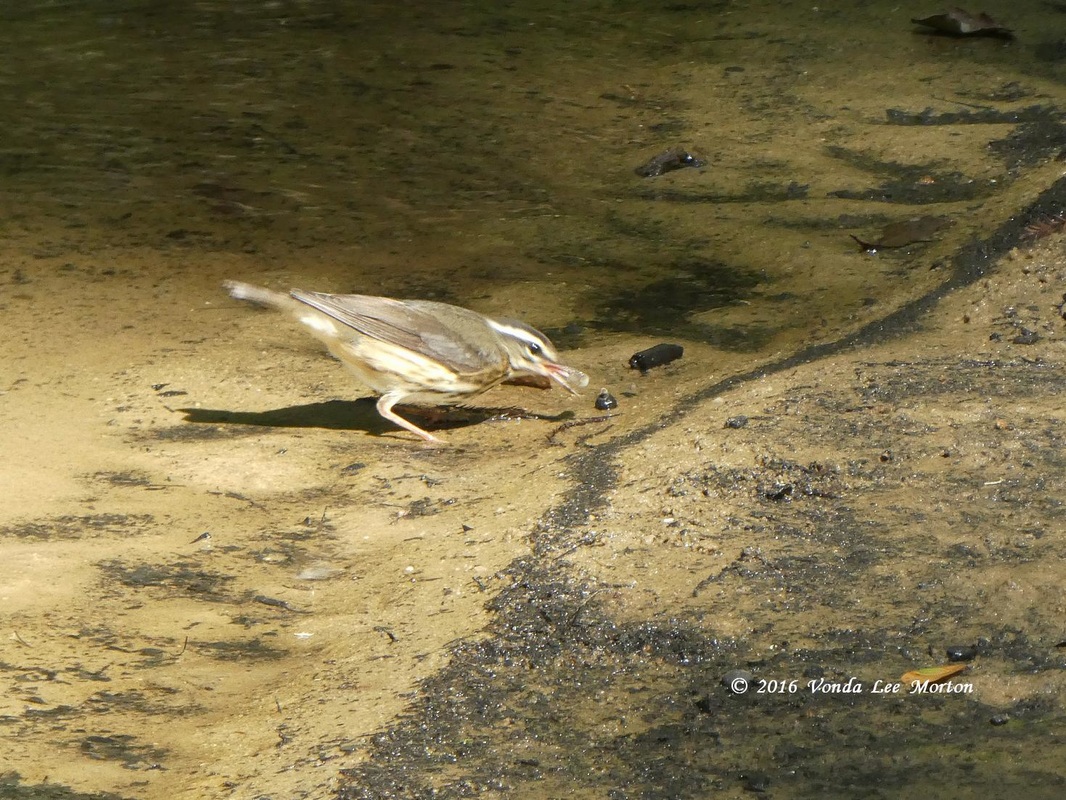
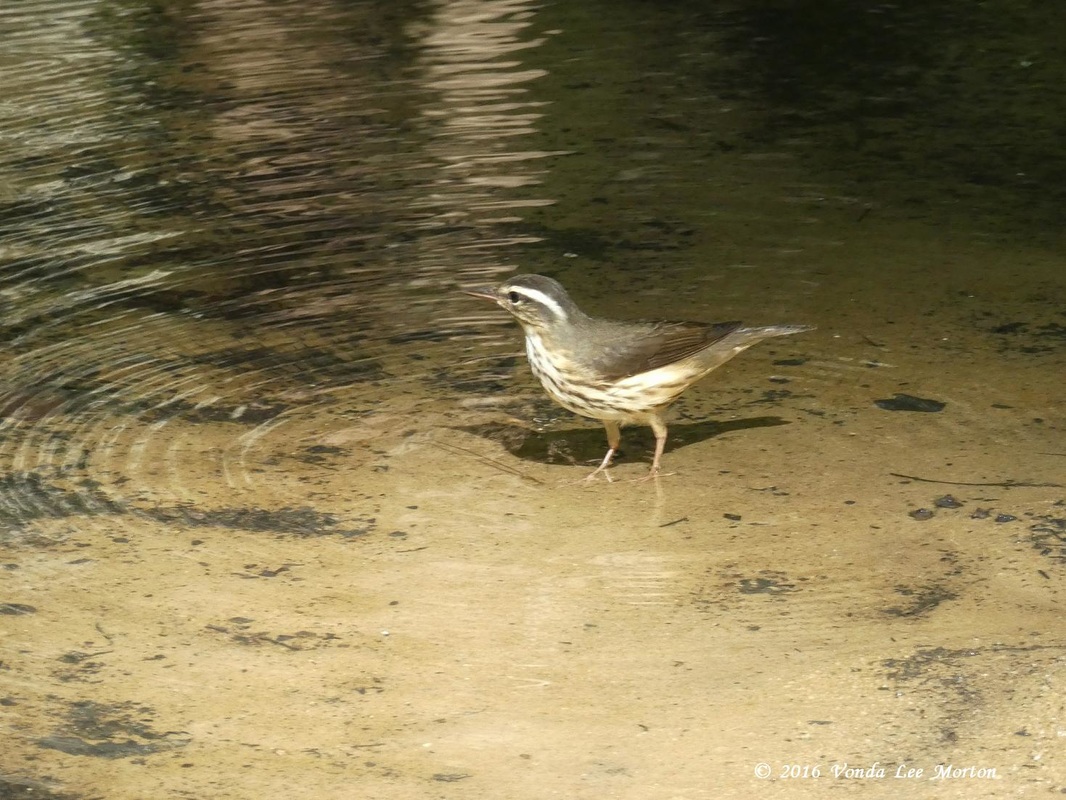
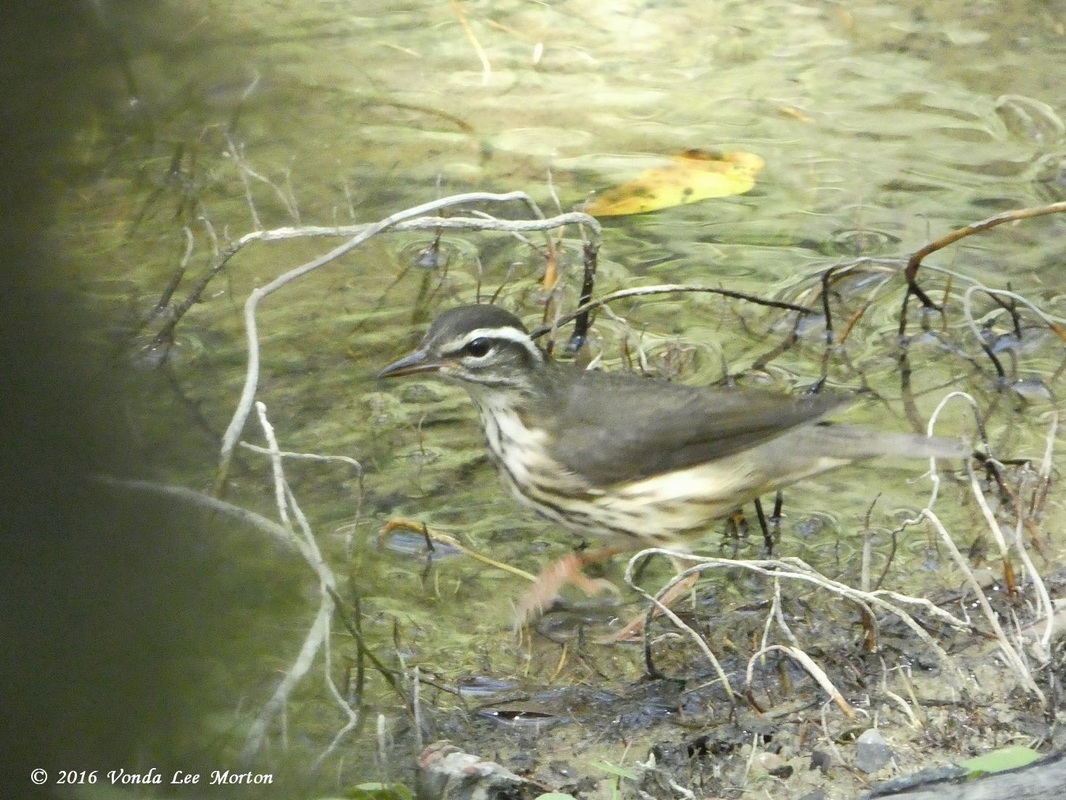
 RSS Feed
RSS Feed
